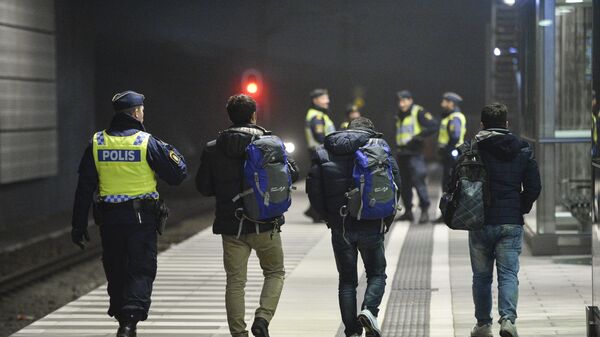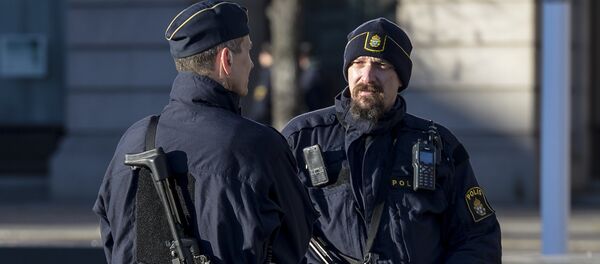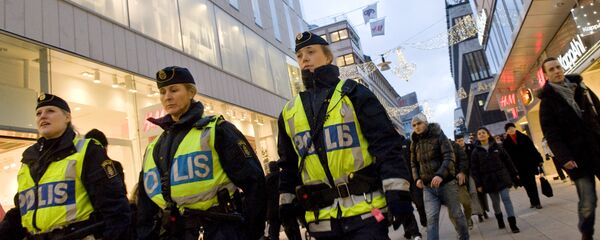Prior to the presentation of the report, national police chiefs Dan Eliasson and Mats Löfving revealed that around 5,000 criminals and 200 criminal networks were roaming these 61 vulnerable areas, with the number lawbreakers threatening to increase further. Linda Staaf, the head of the police intelligence department (NOA), ventured that the threshold for using violence was now lower than ever before.
"Earlier they shot in the leg to scare, now they shoot in the head to kill," Linda Staaf said, as quoted by the newspaper Göteborgs-Posten.
Several explanations were provided for the increase. While the situation has indeed deteriorated in some areas, the police have refined their data collection methods and now possess a better picture of today's crime situation, Eliasson and Löfving wrote in their joint opinion piece in Dagens Nyheter.
"The police cannot solve the situation in the vulnerable areas alone, but together with the joint efforts of society we can make a big difference," Eliasson and Löfving wrote, calling for nation-wide and long-term efforts to turn things around and pledging to intensify the dialogue with relevant society actors in order to create action plans for all the 61 ghettos.
During a subsequent press conference, Eliasson ventured that the police have managed to improve the situation by allocating extra officers and surveillance cameras, while at the same time admitting that it has gotten worse in other areas. Eliasson also reiterated that the police will be unable to solve the situation on their own.
"Other societal actors, help us, help us," Dan Eliasson pleaded, as quoted by Swedish national broadcaster SVT.
Remarkably, though, Swedish Interior Minister Anders Ygeman contested the term "no-go zones" that emerged in 2015 after being famously used by a Swedish columnist, yet was rejected by the police and the authorities.
"That's the exact opposite of what we have. These are go-go zones," Anders Ygeman said. "We are increasing police presence, we have more police officers going there, we are setting up surveillance cameras, we improve monitoring and legal action," he continued.
"We have serious crime issues, the police don't get the resources they need and the criminals are laughing at society," Conservative legal spokesman Tomas Tobé said.
However, the report was also slammed by Tobé's Liberal counterpart.
"This is a major setback for society, but primarily for the Social Democratic government, which rhetorically promised a crackdown, but instead ended up been totally paralyzed," Liberal legal spokesman Roger Haddad wrote in an opinion piece published by SVT.
Meanwhile, the Swedish police have been long experienced problems with understaffing and underfunding, both closely interrelated. Earlier this month, the government's police allocation of 700 million SEK ($80mln) was reported to be "eaten up" by the salaries of 1,300 civil servants, who were employed to relieve the pressure on the police.






